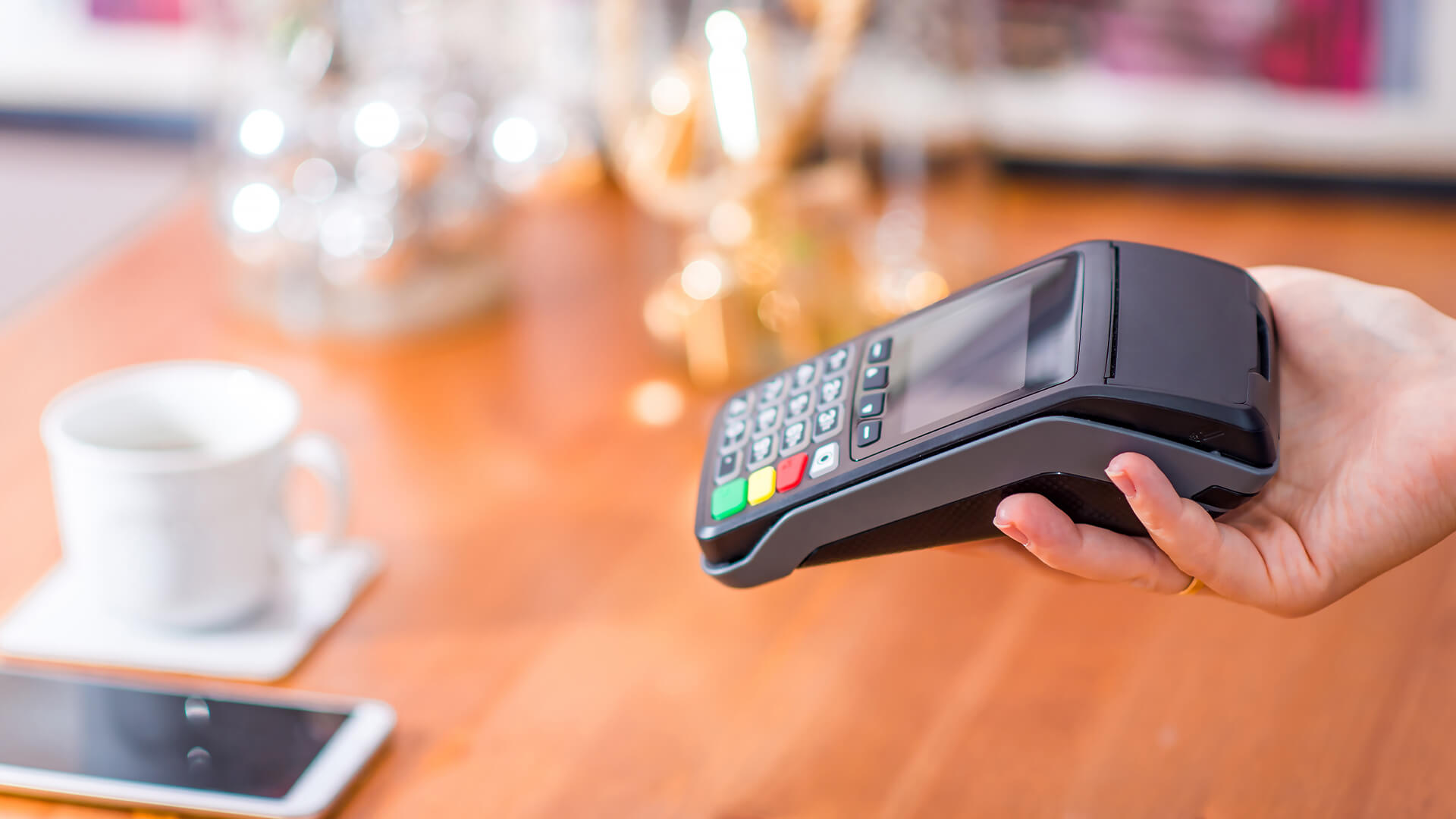With so many card payment solutions on the market, it can be difficult to decipher which is right for you and your business. Here, we provide some important things to consider when choosing how to process customer payments.
You’ve set up a business and you’re ready to start serving your first customers. Making your maiden sale is bound to be a big buzz, but how are you planning to take payment?
If you are operating in an industry where you are supplying goods or services in exchange for immediate payment, then no doubt cash will be first on your list as a suitable settlement solution. However, with fewer people carrying cash these days, a card payment machine is an good alternative. Although, depending on your turnover, investing in a card payment machine isn’t always ideal.
So, what should you be thinking about when choosing a payment solution for a small business? Jaime Lowe from card payment solution provider UTP Group explains more …
1. Hardware costs
Card payment machines are fast, reliable and easy to use. However, investing in the required hardware can be expensive, especially for a fledgling business that is still finding its feet financially. Costs vary depending on the type of machine and features. For example, a basic terminal starts at around £100 while a wireless machine can cost up to £700. Jaime said, “If you aren’t turning over more than £2500 per month then we wouldn’t recommend using a traditional card payment solution, but instead suggest using a card payment app, such as tapeeno, which utilises existing smartphone technology and doesn’t require any additional hardware to be purchased.”
2. Lengthy contracts
Contracts are the number one reason small business owners are put off by card payment software solutions. In fact, a recent survey by UTP Group revealed that more than 95% of those questioned felt that lengthy sign-up periods would stop them signing up for a card payment service. “When you are a small start-up, cash flow can fluctuate. Making sure you aren’t tied into lengthy agreements will allow you the freedom to trial a service before making any long-term commitments,” says Jaime.
3. Compatibility
With more and more business activities being managed online, ensuring your payment solution is compatible with existing systems will help things to run smoothly and efficiently. “If you are operating an online business, then an eCommerce Payment Gateway is ideal for allowing customers to make payments via credit or debit card through your website. However, if you are a mobile business, such as a hairdresser, personal trainer or taxi driver, then having the flexibility of a card payment app will be much more suitable,” explains Jaime.
4. Transaction fees
Transaction fees are charges that businesses need to pay every time they process a customer’s payment. The cost of the transaction fee will vary depending on the service. Jaime says, “It’s important to calculate how much the fee is per transaction versus your monthly turnover. If your business is turning over large amounts each month – more than £3,000 – a non-contract payment solution that charges a higher transaction fee might not be the best solution. For small businesses turning over less than £2,500 per month, however, it will cost less to use a solution that doesn’t require monthly fees or contract commitments, like tapeeno.”
5. Testimonials
“Finding out what others have to say about a particular payment solution is a great way to establish whether a system will be suitable for your business and operate in the way you want it to. I highly recommend speaking to others, researching what similar businesses are using and checking out reviews so you can make an informed decision,” Jaime concludes.








